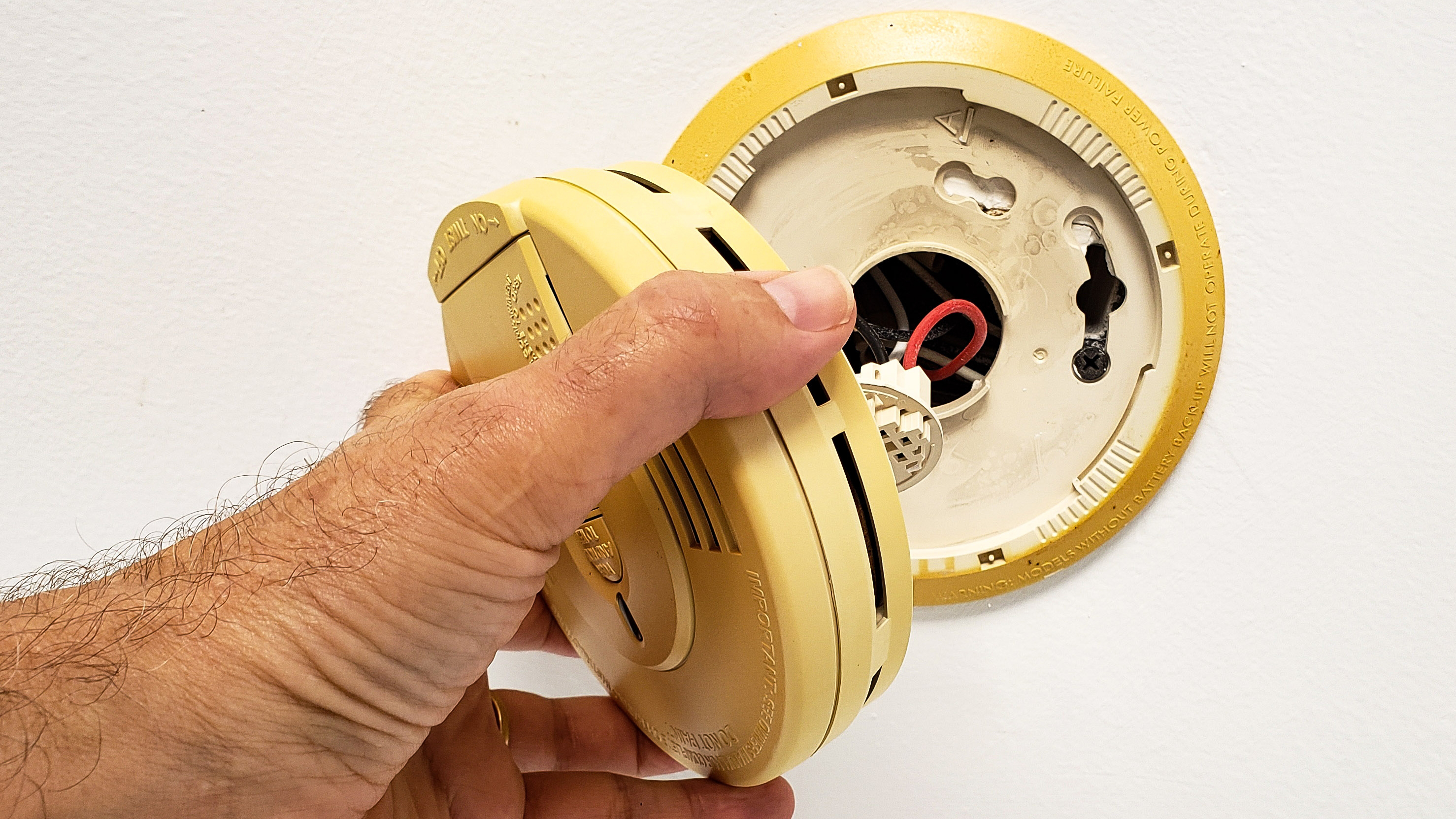
Advice from Lincolnshire Fire and Rescue and Lincolnshire Trading Standards on smoke alarms and carbon monoxide detectors.
Working alarms save lives – in the event of a fire at home you are at least four times more likely to die if there is no working smoke alarm.
And while most of us have a smoke alarm in our homes, carbon monoxide alarms are less common.
Carbon monoxide (CO) is a highly poisonous gas, which you cannot see, taste or smell. It is estimated that accidental CO poisoning results in around 50 deaths a year.
As well as a smoke alarm on each floor of your house, we recommend that any room with a fuel burning appliance – such as an open fire, wood burning stove, or gas appliance such as a boiler or cooker – should also have a working CO alarm fitted.
When it comes to getting these life-saving devices for your home, how do you know the ones you're buying are effective, and that you're using them correctly?
What to look out for when buying fire safety equipment
When you're buying new equipment, check the packaging contains all the correct info. What you're looking out for is:
- the name and address of manufacturer or importer so that if something goes wrong it can be traced.
- the 'CE' or 'UKCA' mark – we are currently in the transitional period, as the CE mark is for the European market, and the UKCA mark will be for goods sold to the UK - you'll still find the CE mark more often at the moment
- the British Standards number – this tells you that the product complies with the relevant legislation;
- for smoke alarms the standard is: BS EN 14604:2005
- for carbon monoxide detectors it's: BS EN 50291-1: 2010
Using your new equipment
The main reason smoke alarms fail to activate during a house fire is because smoke did not reach the alarm. That's why we encourage people to install at least one smoke alarm on each floor and in those rooms used most - as this is where a fire is most likely to start.
You can now get alarms that are wirelessly linked. This will help you hear your alarm wherever you are in the house, as all of them will sound together when one is activated.
Sometimes smoke alarms might beep when there is no fire. This could be because your smoke alarm is running out of battery, or because dust or insects might have entered in the filter. Run your vacuum cleaner around your alarm regularly to keep it clean and clear.
Of course, you need to test your smoke alarms regularly. Every week is best but make sure you do it at least once a month.
You should replace your smoke alarms every 10 years. This is because sensors can degrade over time and lose their effectiveness at detecting smoke.
As well as having a CO alarm in rooms where you have a fire, stove or boiler, make sure all these appliances are installed and maintained correctly by registered and qualified tradespeople.
You may have put off your annual service of these appliances due to the pandemic. But annual maintenance can prevent carbon monoxide poisoning so book your service now.
If you live in rented accommodation, or are a landlord
Private landlords have to install at least one smoke alarm on every storey of their properties, and a carbon monoxide alarm in any room containing a solid fuel burning appliance, like a coal fire or wood burning stove.
Tenants should test their alarms regularly, and report problems with them to their landlord.
They should review their needs for their own risks – so they may wish to install more smoke and CO alarms than the law requires their landlord to install.
